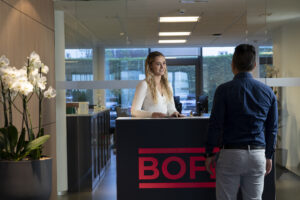As a result of the COVID-19 epidemic, many employees have already been working from home for several months, either full-time or for a certain number of days a week or month.
To compensate the employees concerned for the resulting costs, employers can pay a tax-free expense allowance. This is EUR 40 per month for use of the employee’s own computer and personal internet subscription. Other costs can also be reimbursed tax-free: heating of the workspace, electricity consumption, use of the home office space and personal office equipment. The maximum allowance is EUR 129.48 per month.
It now appears that many companies are not paying an allowance for working from home during the pandemic. Instead, they are continuing to apply the existing employee benefits: company car, meal vouchers as well as a commuting allowance. The company car and the meal vouchers pose no problem with regard to teleworking. After all, the taxable benefit of a company car does not depend on commuting. And for the meal vouchers, the principle of one cheque per working day worked applies, and it does not matter whether that working day is spent at the office or at home.
But those who are teleworking do not go to the office. It is therefore only logical that the payment of a commuting allowance for non-existent commuting on teleworking days is not allowed. We therefore recommend that employees who are teleworking be paid a specific allowance for this as described above. The commuting allowance can only be paid for the days on which the employee actually goes to the office.






